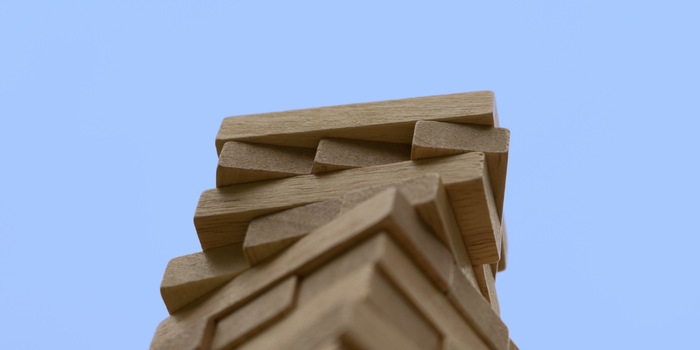
Wooden skyscrapers are the future
Scientists at Cambridge University believe that the skyscrapers of the future will be built from wood, a natural material that is much more environmentally friendly than steel and concrete.
The world's population continues to grow, particularly in urban areas. Against this backdrop, the phrase "densification stress" - too many people living in a small space - is catching on. The logical consequence? Build higher. There's nothing disturbing about this idea in itself, except that global warming is entering the equation.
Reinforced concrete is not a sustainable building material. The production of cement - the binder used in the preparation of concrete - generates a large amount of CO2. Steel fares slightly better - thanks in particular to a 70% recycling rate - but still has a mediocre environmental record at the primary metallurgy stage.The situation is completely different with wood, a natural material that regrows and absorbs CO2 during its own growth. The same foundations of a steel and concrete building can accommodate a taller wooden structure due to the lightness of the building material, which, according to Cambridge University scientists, has a bright future.
However, there are three major concerns that researchers constantly come up against: the risk of fire, deforestation and decay, elements that would pose no problem.
Firstly, in the building sector, solid cross-laminated timber is used that undergoes fireproof treatment. The layer of carbon then generated by the fire has a heat-insulating effect that protects the inner wood, making structures in this material more stable than those in steel, which at some point collapse on top of each other like a house of cards.
Firstly, in the building sector, cross-laminated timber is used that has undergone fireproof treatment.
Secondly, sustainable forestry solves the problem of forest management. It's worth noting that the largest share of deforestation comes not from construction, but from agriculture.
Thirdly, sustainable forestry helps to solve the problem of forest management.
Thirdly, wood, whose enemy is moisture, is a natural material that rots, a problem that can be minimised thanks to the agglutination of different layers of wood. As a result, it stops "working".
A final advantage? Opening up our cities to nature through wooden skyscrapers is said to have positive effects on morale and stress.
The last advantage?
Do you think they will soon be shaping the skyline of tomorrow's cities?
Do you want to know what kind of wood the future will be made of? Then follow me to make sure you don't miss a shred!
My life in a nutshell? On a quest to broaden my horizon. I love discovering and learning new skills and I see a chance to experience something new in everything – be it travelling, reading, cooking, movies or DIY.
From the latest iPhone to the return of 80s fashion. The editorial team will help you make sense of it all.
Show all